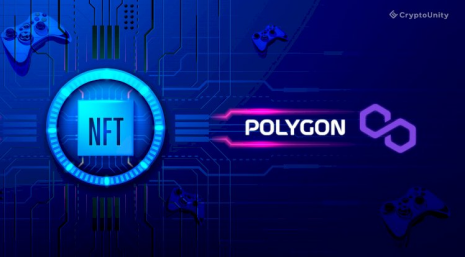share
The incredible surge in the growth of digital art is the most interesting recent trend. The popularity of NFT is growing not only among collectors but also among investors and traders. We are figuring out where you can buy or sell NFT.

So, What Is NFT?
NFTs are non-fungible tokens. Unlike ordinary tokens and crypto, NFTs are unique: each digital collectible that exists is unique. NFTs are works of art, real estate, or, for example, artifacts in a computer game; they are all unique and cannot be copied.
What Is an NFT Marketplace?
NFT trading platforms are marketplaces or, more simply, “NFT shopping centers” where digital collectibles can be sold, bought or exchanged. Marketplaces are created specifically for non-fungible tokens, and all kinds of digital works are stored, displayed, sold even sometimes created here.
Benefits of NFT Marketplace Development Using Polygon
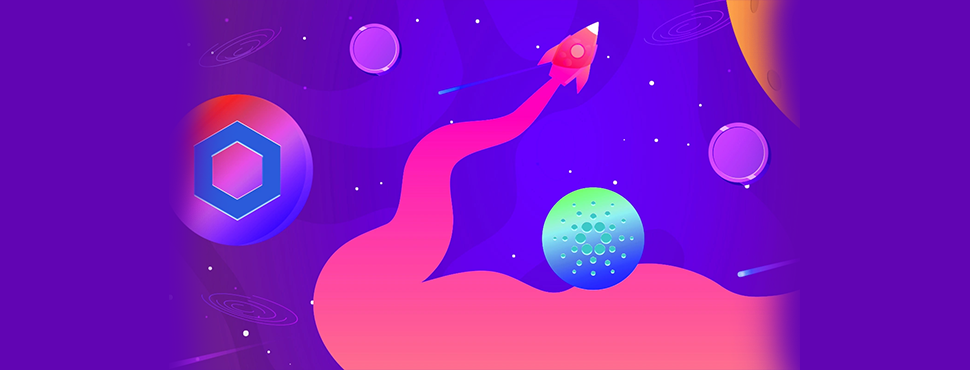
A Polygon-based NFT marketplace comes with many advantages. The following list will help you know all the benefits of working with the technology to create your custom marketplace.
- Transaction speeds within the Polygon-based marketplace are higher when similarly sized marketplaces are considered.
- MATIC offers and is built for Level 2 Security and is quite transparent and efficient when implementing it on large marketplaces.
- Developers can also integrate an improved user experience when using Polygon, making way for a happy user base.
- It has considerably lower gas fees associated with NFT marketplaces.
- Polygon MATIC has prioritized its potential for scalability from day one, allowing it to be preferred for over 70% marketplace developers
- It is highly сompatible with the Ethereum blockchain, as it was built alongside the technology.
NFT Blockchain Platforms
NFT projects are developed in Flow, WAV, and the Ethereum networks and are based on second-level solutions and sidechains. Each blockchain has its own NFC standards and can interact with various wallets and marketplaces. For example, a token issued on Finance SmartChain can be sold only on platforms with support for BSC assets.
Today we are talking about the Polygon platform – one of the most promising and interesting for now.

NFT on Polygon: Solving the Energy Issue
The first major application of Polygon MATIC is its integration into existing NFT marketplaces. This network can contribute to an ethical NFT marketplace, where artworks, gaming items, and other unique digital assets become cost-effective and, more importantly, carbon neutral. Minting an NFT on the Ethereum ecosystem costs hundreds of USD in gas fees and uses huge amounts of energy.
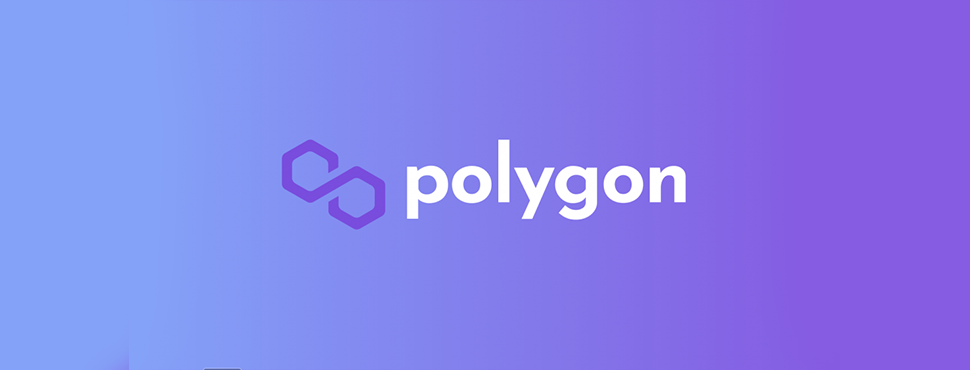
MATIC network is gaining fame as its modular system allows developers to deliver fixed Blockchain networks with one click to construct custom networks. This network also permits cooperation between Blockchains without trouble, making it a valuable section of the widely distributed Ethereum as it provides an improved user experience to clients.
OpenSea has already integrated this network into its marketplace, and artists can use it to mint and trade non-fungible tokens on side chains. This significantly reduces their carbon footprint, decreases costs, and makes transfers nearly instantaneous.
Gas Fees and NFT
On NFT marketplaces, when putting NFTs up for sale, users must pay a commission (gas fees or gas price). This fee varies at different times of the day. It also strongly depends on how the Ethereum network is configured, on-demand in the network, on the current value of Ether, on how large a contract you are trying to execute and how fast. Understanding these processes is important for both NFT creators and collectors. Sometimes the commission exceeds the price of the created work of art: to enter the marketplace and later put up for sale their first NFT gif, users sometimes spend $ 70-100.
When gas prices increase, it is not profitable for many (especially novice) artists to create, mint, or buy someone else’s NFT. However, there is a way out: some artists introduce gas into their works, making them more affordable, shifting the commission payment to the buyer.
Polygon
Polygon is a network of secure second-level solutions (L2) and autonomous sidechains. Its goal is to increase the versatility of Ether and reduce transactions costs.
The Polygon architecture is multifunctional. It allows other applications to choose the optimal scaling solution best suited. For example, an NFT marketplace looking for an opportunity to reduce the transaction fees but willing to partially sacrifice security may choose Security Layer with its set of sharing validators. The blockchain platform is also attractive for low fees and higher transaction processing speed than Ethereum.
In May 2021, Polygon (MATIC) entered the TOP Twenty of CoinMarketCap with a market capitalization of about $13 billion, and in October, Bitwise Asset Management launched a fund based on this token.
In July 2021, Polygon introduced the Polygon Studios division focused on blockchain games and the NFT ecosystem. It will promote targeted products and support developers engaged in these segments. The division plans to attract major brands, popular content creators and investors who want to work in the appropriate direction.
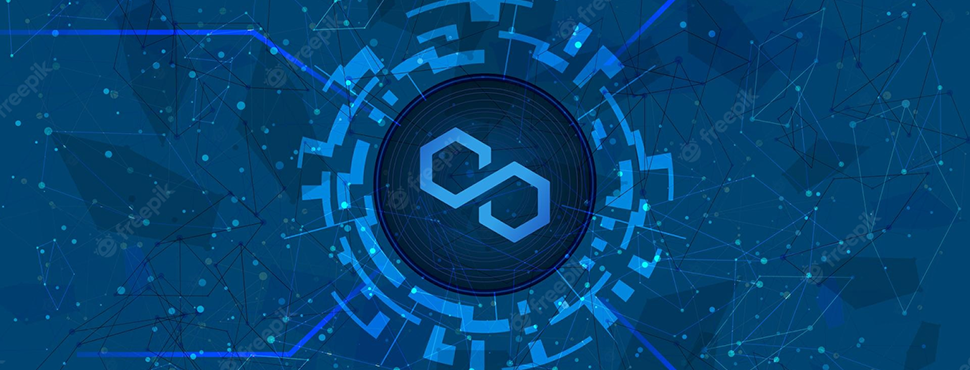
What Can You Do on a Polygon?
Polygon network allows you to do pretty much everything you do on Ethereum, but without the high gas fees or the low throughput.
This network went from being a simple scaling solution to a more broad and complex ecosystem where users and developers have a wide set of use cases. It includes launching Ethereum-compatible blockchains, using Ethereum-based decentralized applications (DApps), mint NFT, becoming node validators, delegators, stake MATIC, and much more.

Numerous successful projects work on Polygon, such as yield-generating protocols like Aave or Curve Finance, decentralized exchanges such as SushiSwap, and the most popular decentralized NFT marketplace, OpenSea.
You can use Polygon MATIC as the base blockchain on these protocols instead of Ethereum. For example, OpenSea allows you to choose a Polygon network instead of Ethereum as the main network and use it every time you trade non-fungible tokens. You need to have a Polygon-compatible wallet like MetaMask or Coinbase Wallet and connect it to OpenSea.
It’s also worth noting, though, that not all protocols built on Ethereum have their Polygon iterations, and to this extent, there are certain limitations.
Why Are Second-Level Scaling Solutions Needed?
The bandwidth of Ethereum is about 30 transactions per second (Transaction per second, TPS). At the same time, network users actively use DeFi protocols and trade NFT. As a result, at the time of writing, the number of unconfirmed transactions in Ethereum is 190,000.
To grow the throughput of Ethereum, users launch second-level solutions (Layer 2, L2) on top of the blockchain, which process transactions outside the main network. They can be divided into two types:
- Status channels are solutions that allow transactions to be made outside the main network (off-chain). The latter acts as a “judge”— finalizes transactions by including them in blocks. Examples of status channels are the Lightning Network in Bitcoin and Litecoin and the Raiden Network in ETH.
- Sidechains are separate networks that are tied to the “parent” blockchains. Users can make transactions with tokens and cryptocurrencies in the sidechain and, if necessary, return them to the original network. Examples of such solutions are Liquid Network in Bitcoin and OMG Network in Ether.
Another sidechain for the Ethereum ecosystem — Polygon – was launched by developers Sandeep Nailwal, Jainti Kanani, Anurag Arjun and Mikhailo Beli in 2017 under the name Matic Network.
In February 2021, the developers of Matic Network renamed the project Polygon. They presented an updated project development strategy, according to which the L2 solution will gradually turn into a multi-chain system.
What Does It Mean for Polygon Blockchain Users?
Asides from the user-friendly solution, there are also several advantages that we should summarize. Let’s check out why users select Polygon NFTs.
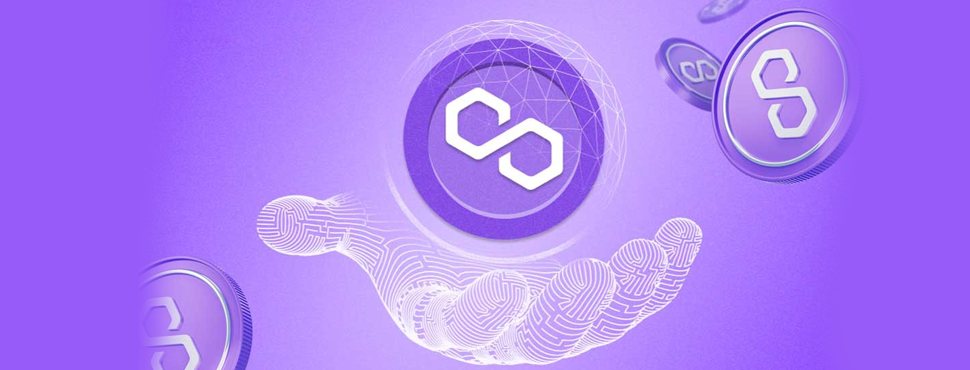
Make Your NFT More Popular
For creators, creating your Polygon NFTs in a cross-chain marketplace increases your reach and, consequently, your chances of getting sales. For collectors, purchasing NFTs on a marketplace with support for multiple blockchains boosts your chances of making your NFT art heard and meeting collectors willing to buy your NFT. One more thing that should be mentioned is that all NFTs created on the Polygon network will automatically be published on the OpenSea polygon dashboard to reach a wider target audience.
Speed and Low Gas Fees
Polygon became a broadly spread alternative to its “rival,” Ethereum, due to its fast transaction speed and rock-bottom fees. It is much cheaper than Ethereum. You get Ethereum network perks without the infamous gas fees that can hurt users.
Earn MATIC
Just like Binance Smart Chain-based users earn BNB, every NFT collector on the Polygon network gets to earn MATIC, known as Polygon’s utility token.
Features of an NFT marketplace on Polygon
Polygon Matic Network is an open-source and decentralized blockchain platform. That’s why it’s easily open to NFT marketplace development. In addition, the key features make it more suitable for the development of a marketplace.
Security Mechanism
Evidence of the Stack Consensus Mechanism for solving the decentralized nature of the Polygon Network platform. It even offers high-speed transactions in multichain ecosystems. It offers high throughput for transactions.
Scalability of the Network
Since polygons open up the possibility of adding multiple side chains, it increases the scalability of the overall network. This makes it possible to handle ten thousand transactions simultaneously with a single side chain.
Compatibility
Polygon Matic allows connections to multiple blockchains that are compatible with the Ethereum blockchain.
Interoperability
The main feature of a polygon Matic chain is consistency. Since it can connect to other blockchains of Ethereum compatibility, it allows the interoperability of this chain. Thus offering a healthy multichain system.
Modularity
The ecosystem created by the polygon side chain network breaks down the entire system into dependent and independent layers. It provides upgrades and the ability to customize in the future.
Native Token of Polygon Network
Like all other blockchain networks, Polygon Sidechain also offers a native token called Matic (Polygon was first introduced as MATIC and then renamed).
Like other tokens, MATIC acts as a medium of exchange in the system. It is also capable of storing tokens on it.
Minting Polygon NFTs
Like other blockchain networks, the minting of NFT in polygons is similar. Digital assets can be easily converted to NFT and left for auction in the NFT market. Manages previously discussed smart contracts and monitors activities, and provides ownership of tokens.
Polygon Today: Focus On NFT Marketplace And DeFi
The architecture of Polygon allows different L2 solutions to interact with each other, preventing the creation of disparate systems.
“Developers will no longer have to make compromises in the context of speed, scalability or instrumentation. The Polygon L2 solution aggregator will provide an opportunity to focus on creating applications with real benefits and without the current limitations of Ethereum,” Polygon says.
The project supports second-level solutions Polygon PoS and ZK-Rollups at publication. In the future, developers will add Optimistic Rollups and Validum Chains.
The cost of transactions in the Polygon network is much lower than in Ethereum. At the time of publication, you need to pay more than $ 51 to transfer NFT to Ethereum, whereas in Polygon – $ 0.00591.
Users pay Polygon commissions in the native MATIC token. It can be purchased on dozens of centralized and decentralized exchanges and in various exchange services.
Polygon is one of the largest and dynamically developing L2 solutions, which recently surpassed Ethereum in the number of active addresses. We believe that the demand for the native MATIC token will only grow. Our goal is to give users the easiest and most profitable way to purchase it.
The service sends MATIC directly to Polygon – customers do not pay a commission of the main network. It also supports Bitcoin, Ether, TON Crystal, Tron and Tether.
According to the analytical service AwesomePolygon, more than 170 NFT projects are working in the sidechain, including OpenSea and Decentraland. The Polygon Studios division is engaged in promoting such projects and blockchain games.
The Polygon DeFi ecosystem has 100 projects with blocked funds (Total Value Locked, TVL) of about $4.6 billion. Among them, Aave and Curve are the leading DeFi protocols regarding the volume of blocked funds.
L2 Solutions After Switching To ETH2
In an article for Cointelegraph, Sandeep Nailwal notes that the transition to Ethereum 2.0 will increase the network speed to 50 TPS and the launch of sharding – up to 3000 TPS and above.
This bandwidth will allow Ethereum to compete with Visa and PayPal. However, Nailwal considers it insufficient to solve users’ problems and unlock the network’s potential.
Final Thoughts
The Polygon blockchain is the most sought-after platform for trading non-fungible tokens in the NFT marketplace. The blockchain network has characteristics and advantages that make it suitable for market development. Hence, it is beneficial for a company that seeks to create Polygon-based NFT market solutions for its user base and helps them reach great heights in the digital sphere.
ICODA Agency to Promote a Polygon NFT?
So, do you need help regarding the Polygon blockchain and your NFT collection? We are always ready to provide you with everything needed to make your business prosperous and reach your goals.
We can provide turnkey marketing and PR solutions that will let you sell NFTs more effectively. Just contact us on the website, select contact us in a dropdown menu or drop us a line right here.
